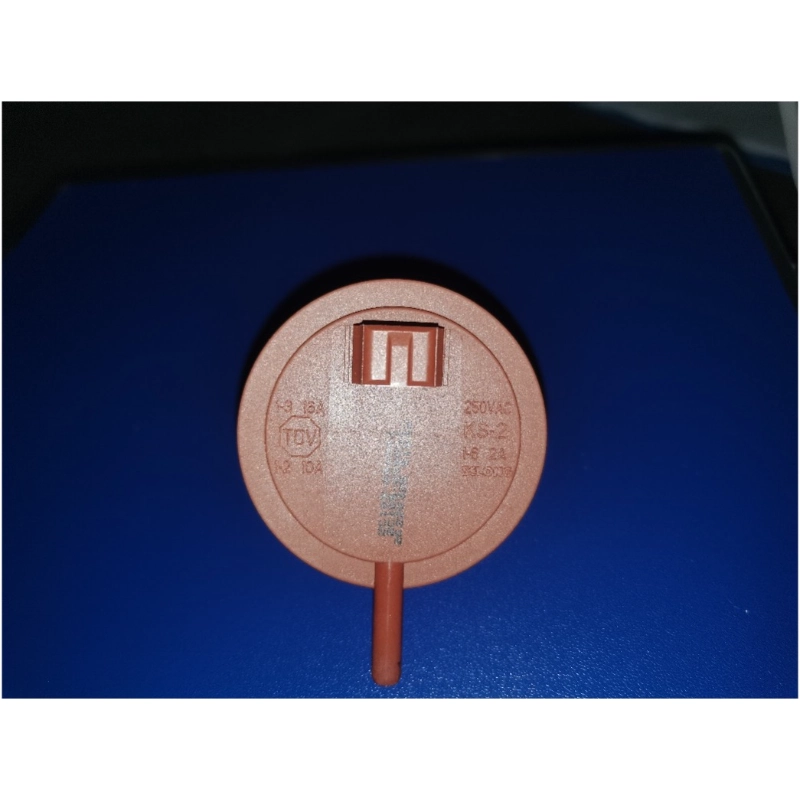Washing machines are essential appliances in many homes. One important yet often overlooked part of a washing machine is the water level switch, also known as the pressure switch. If you’re having trouble with your washing machine’s water intake or wondering where the water level switch is located, this guide will help.
What Is the Water Level Switch in a Washing Machine?
The water level switch is a crucial component in controlling the water intake of your washing machine. It regulates how much water the machine uses for each load. Depending on the size of your laundry load, you can adjust the water level to save water and energy.
Where Is the Washing Machine Water Level Switch Located?
The location of the water level switch varies depending on the type of washing machine you own. Below are some common areas where you might find the switch:
Top-Load Washing Machines
In top-load washers, the water level switch is typically located in the control panel or underneath the lid. A hose connects the switch to the drum, allowing it to monitor the water pressure.
Front-Load Washing Machines
For front-load machines, the switch is usually at the back or side of the unit, near the water inlet valve. It functions in the same way by monitoring the water pressure to ensure the correct level is maintained.
Behind the Control Panel
In more advanced models, the water level switch may be located behind the control panel. You may need to remove the panel to access the switch for maintenance or repair.
Behind the Front Panel
Older models may have the switch behind the front panel. In this case, the panel may need to be disassembled to access the switch.
How Does the Water Level Switch Work?
The water level switch operates by sensing the pressure inside the washing machine’s drum. Here’s how it works:
Water Intake
Once you start a wash cycle, the machine fills the drum with water. The pressure inside the hose connected to the water level switch increases as the drum fills.
Pressure Detection
As the water level rises, the washing machine pressure switch detects the increase in pressure, sending a signal to the control board to stop the water flow when the preset level is reached.
Shutting Off the Water Supply
The water supply is automatically shut off once the desired water level is reached, preventing overfilling.
Continuous Monitoring
Throughout the washing cycle, the switch monitors water levels to ensure the correct amount is maintained, adding more water if necessary.
Common Problems with the Water Level Switch
If the water level switch malfunctions, your washing machine might experience issues such as:
Overfilling
If the switch gets stuck in the “on” position, your machine may continue filling with water, leading to overflow.
No Water Intake
If the switch fails to detect pressure, your machine may not fill with water at all.
Incorrect Water Level
A malfunctioning switch may cause the machine to use too little or too much water, affecting washing performance.
Continuous Draining
A faulty switch might cause your machine to drain water continuously, disrupting the wash cycle.
Troubleshooting a Faulty Water Level Switch
If you suspect a problem with the water level switch, try these steps:
Inspect the Hose
Check for any kinks or cracks in the hose that connect to the switch. A damaged hose can prevent proper pressure detection.
Test the Water Level Switch
Use a multimeter to check if the switch has continuity. If it doesn’t, the switch might need to be replaced.
Check the Wiring
Loose or damaged wiring can interfere with the switch’s function. Make sure the connections are secure.
Replace the Switch
If necessary, replace the water level switch to restore normal functionality.
The custom water level switch is essential for your washing machine’s proper functioning. Whether your machine is a top-load or front-load model, understanding where the switch is located and how it works can help you troubleshoot common problems, such as overfilling or improper water intake. By following these tips, you can ensure your washing machine runs smoothly, saving both water and energy.



